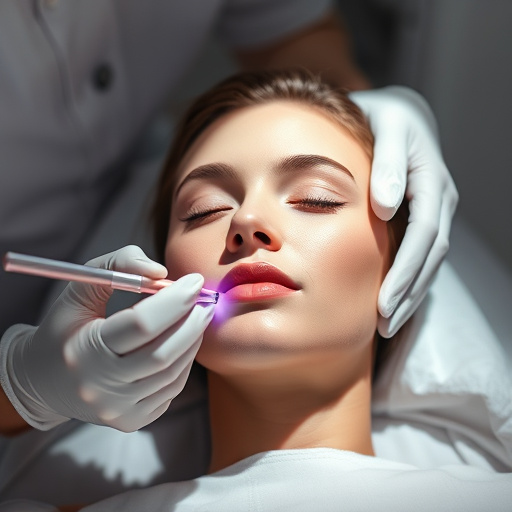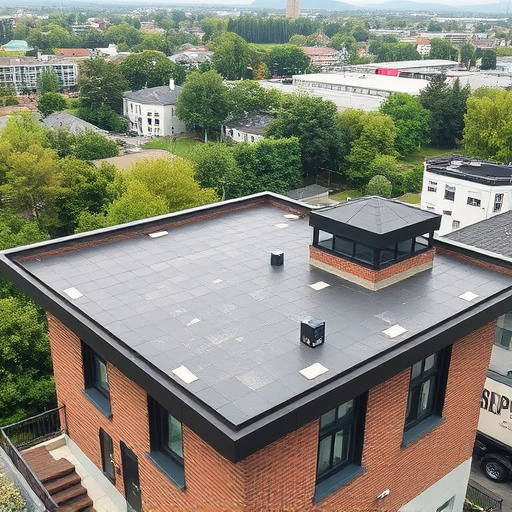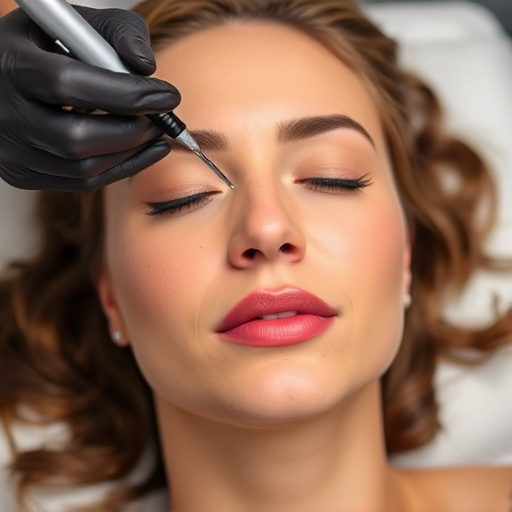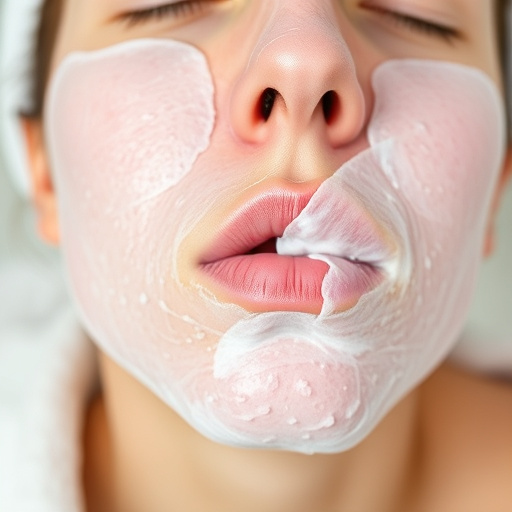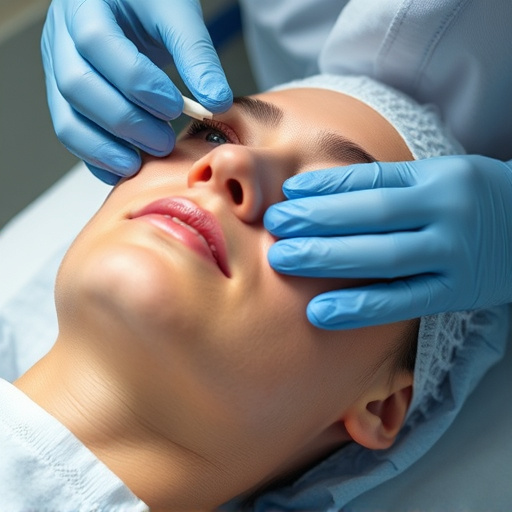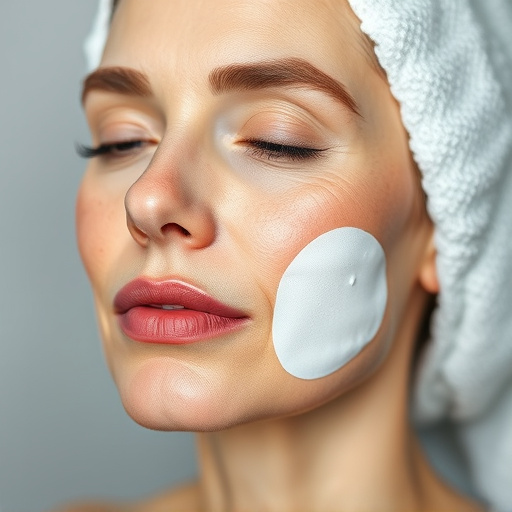Salicylic acid peels, either professionally administered or at-home DIY kits, offer significant skin benefits like exfoliation, fine line reduction, and hyperpigmentation treatment. However, due to their potency, safety precautions are crucial. Professional peels provide precise, tailored treatments for specific skin concerns with expert advice, while DIY kits offer accessible solutions but may not be suitable for everyone. Side effects include temporary redness and irritation, so consultation with a dermatologist is recommended for sensitive skin or active conditions like rosacea or acne to ensure safe and effective results from salicylic acid peels.
Salicylic acid peels are a popular skin treatment, offering deep exfoliation for various skin concerns. This article delves into the world of these powerful peels, guiding you through their mechanics and applications. We explore two key approaches: professional administration by dermatologists and DIY kits available for at-home use. Understanding the differences, benefits, and potential risks is crucial when deciding between these options for achieving smoother, clearer skin.
- Understanding Salicylic Acid Peels: The Basics
- Dermatologist-Administered vs. DIY Kits
- Safety Precautions and Potential Side Effects
Understanding Salicylic Acid Peels: The Basics

Salicylic acid peels are a popular skin treatment that involves applying a concentrated solution of salicylic acid to the skin’s surface. This potent alpha hydroxy acid (AHA) has long been recognized for its exfoliating properties, which help to remove dead skin cells and unclog pores. By eliminating these obstructions, salicylic acid peels can significantly improve skin texture, reduce the appearance of fine lines and wrinkles, and enhance overall skin brightness.
This procedure is often sought after for its ability to address various skin concerns, including acne scars, hyperpigmentation, and sun damage. Unlike over-the-counter products, professional-strength salicylic acid peels offer a more intense yet controlled approach to exfoliation. Dermatologists can tailor these treatments to individual needs, ensuring optimal results while minimizing the risk of irritation. For those inclined towards DIY solutions, at-home salicylic acid products are available, but they generally have lower concentrations, making them less effective for achieving the same level of skin health and brightening as a dermatologist-administered peel.
Dermatologist-Administered vs. DIY Kits

When it comes to achieving smoother, healthier skin through salicylic acid peels, there are two primary options: visiting a dermatologist or opting for at-home DIY kits. Each approach has its merits and considerations.
Dermatologist-administered peels offer a more precise and controlled environment. Professionals like dermatologists have extensive knowledge of skin types and conditions, allowing them to tailor the peel’s strength and depth accordingly. This is particularly beneficial for individuals with sensitive skin or specific concerns like acne scars or sun damage. The procedure ensures optimal results and minimizes risks, as it’s performed by experts who can closely monitor your reaction and provide immediate feedback. Moreover, it promotes healthier skin in the long term through professional skincare advice and guidance tailored to your unique needs. On the other hand, DIY kits democratize access to salicylic acid peels, allowing folks to take control of their skin health at home. These kits often come with step-by-step instructions and are designed for specific skin concerns, promising results without the need for professional intervention. However, they may not be suitable for everyone, especially those with severe skin conditions or sensitive complexions, as improper use could lead to irritation or adverse reactions.
Safety Precautions and Potential Side Effects
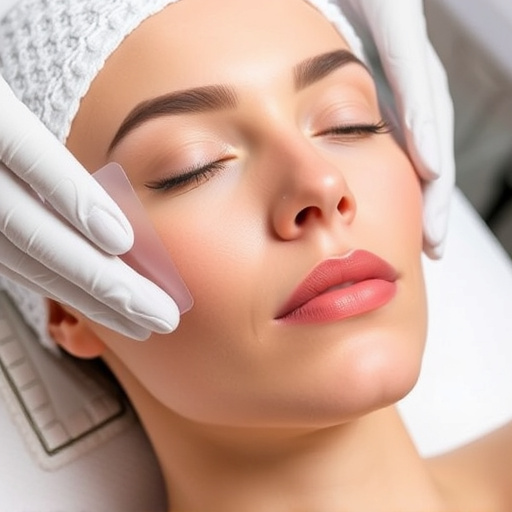
When considering salicylic acid peels, whether through a dermatologist or DIY methods, it’s crucial to be aware of safety precautions and potential side effects. Salicylic acid is a powerful exfoliant that can effectively target acne, fine lines, and wrinkles, contributing to improved skin texture and tone. However, its potency also means it requires careful handling.
Common side effects may include temporary redness, irritation, or peeling. For individuals with sensitive skin, these effects could be more pronounced. It’s essential to follow recommended dilution ratios strictly when attempting DIY salicylic acid peels. Professional supervision is advised for those pursuing stronger concentrations, as dermatologists can tailor treatments to specific skin needs while mitigating risks. Additionally, individuals with certain skin conditions like rosacea or active acne outbreaks should consult a dermatologist before proceeding with any salicylic acid peel to avoid exacerbating existing issues and ensure optimal skin health and appearance through appropriate, safe aesthetic treatments.
When considering a salicylic acid peel, whether through a dermatologist or a DIY kit, understanding the procedure’s basics and potential side effects is crucial. While both options offer skin-exfoliating benefits, professional administration ensures precision and minimizes risks. However, DIY kits provide accessibility and cost-effectiveness for those seeking a gentle at-home approach. Ultimately, choosing the right method depends on individual preferences, skin conditions, and consulting with dermatological experts to achieve optimal results safely.

